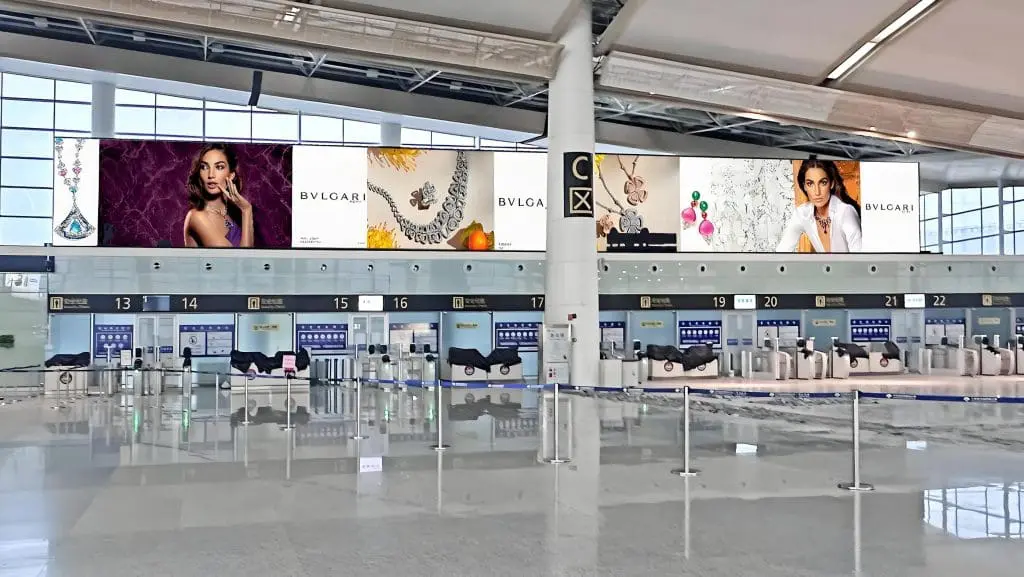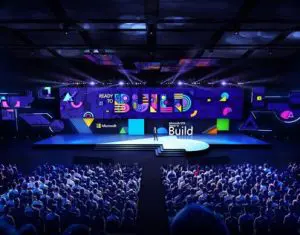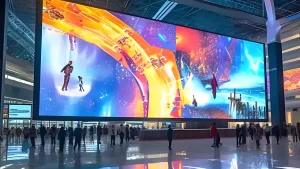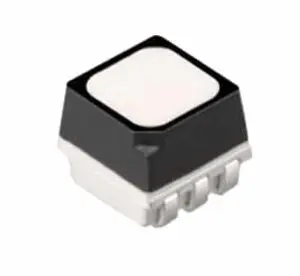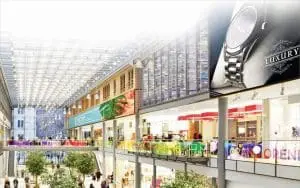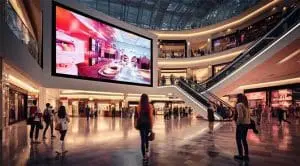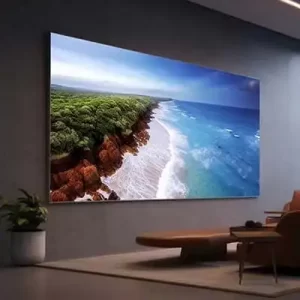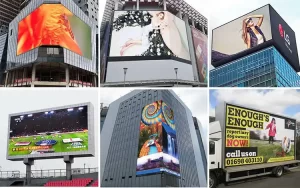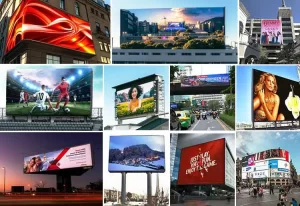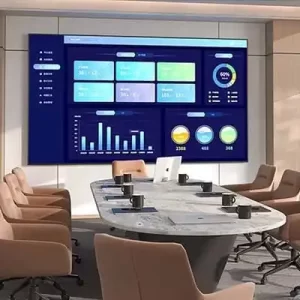Airport LED Screen: Ultimate Guide to Applications, Benefits, and Installation
An airport LED screen is a powerful tool for delivering high-impact digital advertising in airports, real-time information, and immersive entertainment. Found in terminals, lounges, baggage claim areas, and more, these digital displays engage millions of travelers daily. With vibrant visuals, dynamic content, and versatile applications, LED screens in airports have become essential for modern airport environments.
This comprehensive guide explores the applications, benefits, features, and key considerations for choosing the right airport LED screen solution. Whether you’re an airport operator, advertiser, or installer, you’ll learn how to leverage these displays for enhanced passenger experiences and revenue.
What is an Airport LED Screen?
An airport LED screen is a high-definition digital display used for advertising, wayfinding, flight information, and entertainment. These screens offer sharp visuals, large formats, and advanced content management, making them ideal for high-traffic environments like airports. According to industry reports, LED Walls in airports can boost passenger engagement by up to 30% through dynamic updates.
Key Features of Airport LED Screens
- Dynamic Content: Display videos, ads, flight data, and live updates.
- High Brightness: Maintain visibility in bright terminals (≥1,500 nits).
- Seamless Design: Modular panels for bezel-free viewing.
- Durability: Built for 24/7 operation in busy spaces.
- Energy Efficiency: Low power consumption with advanced LED technology.
- Remote Management: Cloud-based systems for real-time updates.
These features make airport LED screens superior to traditional displays, ensuring reliability and cost savings.
Applications of LED Screens in Airports
LED Walls in airports serve multiple roles, from information to revenue generation. Here’s a breakdown:
- Digital Advertising in Airports
High-visibility airport LED Walls reach captive audiences in terminals, check-in counters, and baggage claims. Dynamic campaigns can be scheduled in real-time, targeting demographics or peak times. Studies show digital advertising in airports generates up to 20% higher ROI than static ads. - Flight Information Displays (FIDS)
Flight information displays (FIDS) provide real-time arrivals, departures, delays, and gate changes. High brightness ensures readability from afar. - Wayfinding and Navigation
Interactive kiosks with airport LED Walls guide passengers to gates, lounges, and facilities. - Entertainment and Engagement
Immersive video walls in lounges show live sports, news, or visuals to reduce travel stress. - Architectural Integration
Transparent LED screens and curved LED screens blend into designs for decorative purposes. - Emergency and Public Announcements
Display critical updates during disruptions for passenger safety.
Benefits of LED Displays in Airports

Investing in an airport LED Wall offers numerous advantages:
- Enhanced Passenger Experience: Real-time info and engaging content reduce stress.
- Increased Revenue: Premium digital advertising in airports generates significant income.
- Flexibility: Remote updates for dynamic content.
- Scalability: Modular designs for any size, from small FIDS to massive video walls.
- Durability: 24/7 performance with long lifespan (up to 100,000 hours).
- Energy Efficiency: Reduces costs by 50% compared to older tech.
Types of LED Screens for Airports
| Type | Description |
|---|---|
| Video Walls | Large-format for advertising or entertainment in terminals. |
| Flight Information Displays (FIDS) | Smaller screens for real-time flight updates. |
| Transparent LED Screens | Semi-transparent for sleek architectural designs. |
| Curved LED Screens | Flexible for unique layouts. |
| Interactive LED Kiosks | Touch-enabled for wayfinding. |
| Outdoor LED Displays | Weatherproof for parking or external ads. |
Key Technical Features of Airport LED Screens
| Feature | Details |
|---|---|
| Pixel Pitch | Fine (P1.2–P2.5) for sharp close-up visuals. |
| Brightness | ≥1,500 nits for bright terminals. |
| Refresh Rate | ≥7,680 Hz for smooth videos. |
| Modular Design | Scalable for any space. |
| Content Integration | Supports ads, flight info, and emergencies. |
| Durability | 24/7 in high-traffic areas. |
| Energy Efficiency | Low consumption, cutting costs. |
| Remote Management | Cloud-based for updates. |
Cost of Airport LED Screens
Costs vary by size, resolution, and location. Here’s an estimated breakdown (based on 2023 market data):
- Purchase Costs
Screen Type Pixel Pitch Estimated Cost per m² Indoor LED Screens P1.5–P2.5 $1,000–$1,500 Outdoor LED Screens P4–P8 $1,500–$3,000 Transparent LED Screens P3–P5 $1,000–$2,000 - Installation Costs
- Small FIDS: $500–$1,000 per screen.
- Large video walls: $5,000–$20,000.
- Maintenance Costs
Annual: 5–10% of purchase price. - Content Creation
Custom campaigns: $1,000–$5,000.
Total ROI can be achieved within 1-2 years through advertising revenue.
How to Choose the Right Airport LED Screen
- Define the Purpose: Advertising, info, or entertainment?
- Select Resolution: Fine pixel pitch for terminals.
- Consider Brightness and Durability: For 24/7 use.
- Choose Scalable Options: Modular for expansion.
- Focus on Content Management: Cloud systems for ease.
Consult experts for site surveys to match your airport’s needs.
Successful Airport LED Display Screen Installations
- Changi Airport (Singapore): Transparent LED screens for decor and ads, boosting revenue by 15%.
- Los Angeles International Airport (USA): Massive video walls for entertainment, improving satisfaction scores.
- Dubai International Airport (UAE): Curved LED screens for wayfinding, enhancing efficiency.









